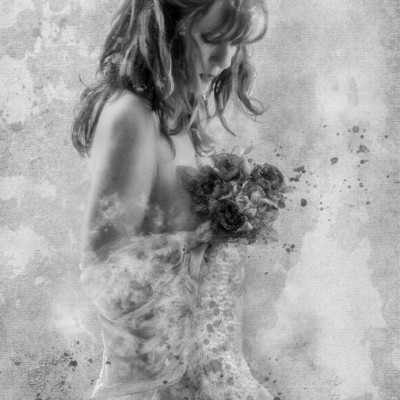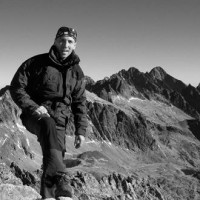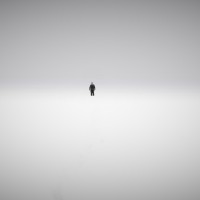SEARCH






|
|
|
|


by Editor Lourens Durand
Considered to be the most important German artist of his time, Caspar David Friedrich (1774 to 1840) helped to upgrade landscape painting to a major genre by injecting romantic feeling into his paintings.
He is quoted as saying:
“Close your bodily eye, so that you may see your picture first with the spiritual eye. Then bring to the light of day that which you have seen in the darkness so that it may react upon others from the outside inwards. A picture must not be invented but felt.”
He looked past the beautiful view depicted classically and tried to portray an element of sublimity through the spiritual appreciation of nature, transforming landscapes into powerful narratives rather than mere depictions of the physical picture.
This was Friedrich’s key innovation.
One can only imagine what beauty could have been captured if he were a photographer in today’s world. Let’s see how his photos may have turned out…
Friedrich’s first major work, Cross in the Mountains (now known as Tetschen Altar), completed in 1808, and commissioned as an altarpiece, did not go down well with many, as it depicted a distant view of Christ on a cross at the top of a mountain, surrounded by nature. This was the first time that the Crucifixion had been depicted as a landscape.
Here is a photo in a similar vein:
In later work he used the device of Ruckenfigur – a person seen from behind contemplating the view, giving the impression that the human is diminished in the face of the expansiveness of nature, and forcing the viewer to draw his own conclusions as to the thoughts of the figure in the painting.
These photos use the same device:
He received some support and patronage from the Russian Royal Family, but generally his work was not widely appreciated at the time and was considered to be too original and difficult to understand.
Friedrich’s later years became miserable as the modern world moved towards realism, away from his romantic ideals, and he became destitute, disliked and ill, to the extent of suffering a stroke, rendering him unable to paint large works. His later work became more pessimistic, with symbols of death and cold, stark scenes, similar to these photos:
He died lonely and destitute, only to be remembered much later in history.
I hope that, in this selection of photographs, I have managed to capture what might have been had he been born today, with the graphic tools that we have at our disposal.
Lourens Durand
 | Write |
 | Charlaine Gerber PRO Great article and comparison of his work with today’s photographers, thank you for the compliment of using ons of my works...the name is actually ‘...the moon stood still for the night bird’s song...’ thank you :-) |
 | David Martin Castan PRO Very interesting article and nice pictures. Thanks for sharing and publishing Lourens and Yvette! |
 | Alessandro Traverso PRO Eeing one of my chosen photos together with other magnificent and engaging images of talented photographers for this interesting article is a great pleasure and honor for me.
Thank you very much Lourens Durand, thank you very much Yvette Depaepe :)
|
 | Lourens Durand CREW Thank you, Alessandro. |
 | Veselin Atanasov A wonderful story! Very interesting article! Thank you very much Lourens and Yvette! Best Regards, Veserlin |
 | Lourens Durand CREW Thank you Veselin. |
 | Peter Svoboda MQEP CREW Very interesting article and nice selection of pictures. Thanks a lot for sharing and publishing Lourens and Yvette! My best, Peter |
 | Lourens Durand CREW Thanks Peter. |
 | Catalin Alexandru Beautiful article,congrats to all selected artist and thanks you Lourens and Yvette for publishing my photo! |
 | Lourens Durand CREW Thank you. |
 | Charlaine Gerber PRO Very interesting article with exceptional photos for illustration, thank kindly for the mention! |
 | Lourens Durand CREW Thanks Charlaine. |
 | Miro Susta CREW Interesting story, excellent-most beautiful-photographs. Well done Lourens. Many thanks to you and Yvette for publishing it. |
 | Yvette Depaepe CREW Thanks Miro! Lourens did a great job, indeed... |
 | Lourens Durand CREW Thank you Miro and Yvette. |
 | Yvette Depaepe CREW Very interesting writing, Lourens. Beautiful gallery of images to document this article. Congratulations to all authors. Cheers, Yvette |